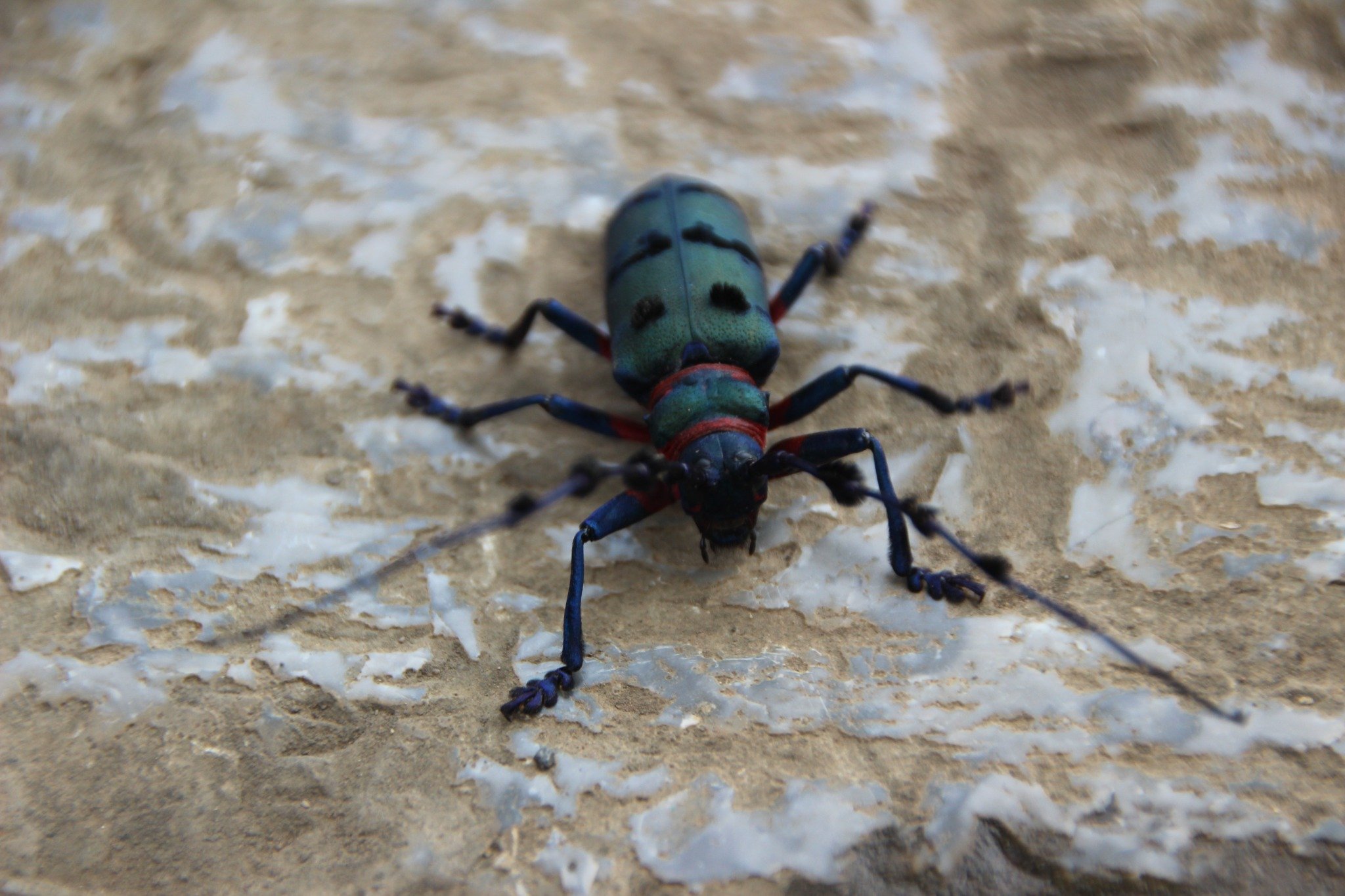At first glance, you might mistake them for tiny ants or specks of dirt. But if you’ve seen small, fast-moving bugs crawling on your walls, ceilings, or near windows—especially in newly renovated or freshly painted homes—you may be dealing with plaster beetles.
While they don’t bite or sting, plaster beetles are a clear sign of excess moisture and hidden mould—two things no homeowner wants to ignore in humid Singapore. In this blog, we break down why they show up, what they feed on, and how pest removal in Singapore can help get rid of plaster beetles for good.
What Are Plaster Beetles?
Plaster beetles (family Latridiidae) are tiny, moisture-loving insects usually less than 3 mm in length. They’re brown or tan in colour and often go unnoticed—until they begin appearing in large numbers.
They don’t eat plaster, despite the name. Instead, they feed on mould and fungal spores that grow on damp surfaces, especially newly plastered walls, ceilings, wallpaper, or wooden surfaces that haven’t fully dried. This makes them particularly common in:
- New homes or renovations
- Recently painted or plastered areas
- Damp basements or storerooms
- Poorly ventilated rooms
Why Plaster Beetles Are Common in Singapore
Singapore’s tropical climate—with near-daily humidity levels above 80%—makes buildings highly susceptible to mould and moisture buildup. Add to that construction or renovation projects, and you’ve got a perfect breeding ground for plaster beetles.
Here’s why pest removal in Singapore often includes plaster beetle treatment:
- High humidity encourages mould growth behind walls and in crevices.
- Newly renovated homes trap moisture in fresh plaster or woodwork.
- Limited ventilation allows condensation and dampness to persist.
- Air-conditioning and water leaks further increase moisture levels.
Where Do Plaster Beetles Hide?
These pests love quiet, undisturbed, and damp environments. Common hiding spots include:
- Wall corners, especially with fresh plaster
- Ceiling edges and light fixtures
- Windowsills and door frames
- Behind wallpaper or wooden panels
- Inside cabinets, particularly under sinks or near plumbing
- Basements and storerooms with little airflow
If you spot a few, check these places closely—plaster beetle infestations often go deeper than they seem.
Signs You Have a Plaster Beetle Infestation
Plaster beetles are subtle, but here are signs to watch for:
- Tiny brown beetles crawling on ceilings, near windows, or walls
- A persistent musty smell, suggesting mould is present
- Recent construction, repainting, or re-plastering in the area
- Reoccurring beetles, even after basic cleaning
- Visible mould patches on surfaces or behind furniture
Once the mould source is identified, the beetles usually follow.
How to Get Rid of Plaster Beetles Effectively
1. Address the Moisture First
Plaster beetles cannot survive without mould. Eliminate their food source and they’ll leave on their own.
- Use dehumidifiers in damp areas
- Improve airflow with fans or open windows
- Dry wet plaster, wood, or paint thoroughly before sealing rooms
- Fix leaks immediately, whether from pipes or the roof
- Ensure aircon units are regularly serviced to reduce condensation
- Clean Up Visible Beetles and Mould
Surface cleaning is important, especially where beetles gather.
- Vacuum ceilings, corners, and affected surfaces with a HEPA vacuum
- Wipe areas with anti-fungal sprays or diluted bleach
- Dispose of mould-infested cardboard, wallpaper, or wood
- Apply anti-mould paint in high-risk areas
- Seal Entry and Breeding Points
Prevent future access and infestations:
- Seal cracks in plaster, flooring, or walls
- Repair damaged wallpaper or baseboards
- Keep stored items off the floor in storerooms and cupboards
What If They Keep Coming Back?
If plaster beetles continue to reappear despite your cleaning efforts, it may be time to bring in professionals. Persistent infestations often mean there’s hidden mould behind walls, under floorboards, or in ventilation systems that you can’t reach without expert help.
That’s where a trusted pest control service near me becomes essential. They’ll help with:
- Identifying moisture sources using professional equipment
- Safe mould and beetle removal using targeted methods
- Recommendations for repairs and long-term prevention
- Post-treatment monitoring to ensure success
Prevention Tips for Long-Term Control
Once you’ve dealt with plaster beetles, the focus shifts to prevention.
- Always allow newly plastered or painted areas to fully dry before furnishing
- Use anti-mould primers and sealants
- Avoid clutter near damp walls
- Place moisture absorbers in closed cupboards
- Inspect your home for hidden leaks or condensation every few months
In Singapore’s high-humidity environment, routine maintenance is just as important as pest treatment.
Final Thoughts
Plaster beetles are a subtle but persistent problem in many Singaporean homes—especially those with ongoing renovations or hidden moisture issues. While they don’t pose a direct health threat, they’re a warning sign of a bigger problem: mould.
The good news? With proper moisture control, targeted cleaning, and reliable support, you can get rid of plaster beetles for good. If your home needs deeper intervention, MET service in Singapore offers expert support for long-term pest removal in Singapore, ensuring your space stays clean, safe, and beetle-free.

Don’t wait for pests to become a problem!
For pest solutions and expert advice
FAQs
To get rid of plaster bagworms, reduce indoor humidity, clean affected surfaces thoroughly, remove bagworm cases manually, and ensure mould and dust are eliminated, as they feed on those.
No, plaster bagworms are not harmful to humans—they don’t bite or spread diseases, but they can be a sign of excess humidity or mould indoors.
Tiny brown bugs on walls in Singapore are often plaster beetles or plaster bagworms, both attracted to moisture and mould in humid environments.
Plaster bagworms are attracted to warm, humid spaces with dust, spiderwebs, dead insects, and especially mould or mildew.
Permanent removal requires reducing humidity, removing all visible cases, cleaning surfaces, and eliminating mould or dust buildup, along with sealing any cracks where they hide.
Insecticides containing pyrethroids can help, but addressing the root cause—moisture and mould—is more effective for long-term control.
No, plaster bagworms do not bite and pose no direct physical harm to humans.
Bagworms eventually develop into moths after completing their larval stage inside their protective cases.

